How to plant thuja Brabant and properly care for it?
Thuja trees and shrubs are very popular among gardeners due to their lush greenery and lush crown shape. Having planted thuja Brabant and providing the necessary care for these fast-growing crops, it will soon be possible to create amazing garden compositions on the site. This popular, low-maintenance plant is used to form fairly dense green hedges that are pleasing to the eye all year round.
Growing conditions
Spring work on planting a representative of the cypress family is carried out when the soil is fully warmed up. In the fall, the ephedra needs at least a month for the seedling to take root before the first frost. A plant planted outdoors in August will require less watering. This is facilitated by the cool sun and frequent autumn rains.
Thuja Brabant prefers rather bright lighting, but can be in partial shade for some time. Prolonged exposure to direct sunlight leads to increased evaporation of moisture from the needles, which affects the decorative effect of the plant. It is more difficult for a dehydrated tree to survive the winter. Conifers placed in the shade will not be able to grow a dense and lush crown. It is also necessary to take care of protecting the plants from strong winds.
Advice
Young plants that have not reached a height of one and a half meters, it is advisable to hide under an awning from the hot sun, and for the winter it is useful to cover from frost with a breathable covering material.
Soil preparation and planting
Thuja Brabant is undemanding to the soil composition, but a carefully prepared substrate for planting will have a beneficial effect on its rooting. Getting enough nutrients, the tree will grow a gorgeous green crown.
To obtain a fertile earthen mixture, each seedling will need:
- turf or leafy land (2 parts);
- peat (1 part);
- humus (part 1);
- sand (1 part);
- nitroammofosk (up to 500 g).
Most often, thuja western Brabant is used by gardeners and designers to create a hedge. Therefore, to obtain a fairly dense decorative wall, the distance between plants should be kept from 0.5 to 1 meter. To create an alley, the interval between trees is maintained from 5 to 8 m.
The size of the planting hole depends on the size of the earthen clod of the seedling, which should fit freely into it. The depth can reach 70–75 cm, the width is about a meter. When placing ephedra in heavy soil with high humidity, take care of drainage. At the bottom of the pit with a layer of up to 20 cm, expanded clay or pebbles can be poured; broken bricks are allowed. Before planting, it is recommended to dry the western earthen komtuya without disturbing its integrity.
The process of planting a decorative ephedra is not difficult.
- Part of the prepared substrate is laid on the drainage layer.
- The seedling goes deep into the hole so that the root collar remains at ground level.
- On the sides and on top, the rhizome is sprinkled with a ready-made fertile mixture.
- The soil around the plant is compacted and spilled with water.
Reproduction at home
When the ephedra is propagated by seeds, the plant loses its decorative properties. Thuja Brabant is fairly easy to breed by cuttings. Pruned lignified branches at least 40 cm long will quickly take root if placed in a container of water for a while. Cuttings with roots are planted in a pot. It is not recommended to transfer a young seedling to open ground in autumn. Better to wait until the plant gets stronger, and in the spring to transplant to the main place of growth.
Plant care
During the first month, the ephedra needs weekly watering. Each plant requires at least 10 liters of water. In case of prolonged drought, the amount of irrigation is increased to 20 liters per week.
Advice
Thuja needles evaporate a large amount of moisture, so regular sprinkling will have a beneficial effect on the juiciness of the green mass.
- Thuja brabant has a shallow root system, so loosening after watering should be done carefully.
- Mulching the soil with peat or compost will not only protect the roots and add the necessary amount of nutrients, but also prevent excessive evaporation of water.
- In the spring, during the first two years after planting, the plants are fed with combined fertilizers, which must include magnesium. During the summer, feeding can be repeated in June and July.
- With the onset of spring, dried and diseased shoots are removed from the thuja.
Advice
Plant branches can break under the weight of snow, so it is recommended to tie them with rope for the winter. It is advisable to cover the roots of the ephedra with spruce branches.
It is not difficult to care for the plant at home. For western thuja grown in a pot, it is recommended to maintain a temperature regime in the range of 10 ° C to 15 ° C. Brabant prefers diffused lighting or partial shade. Timely watering, spraying of needles and plant feeding is required. In the summer, it is advisable to take the thuja pot outside in a cool shaded place.
A change in the color of the needles and the falling off of damaged shoots indicate diseases that can be caused by fungi or pests. To prevent fungal diseases, you must adhere to the basic rules of planting and caring for the plant. At the first signs of diseases characteristic of conifers, it is necessary to treat thuyu Brabant with special preparations. Spraying with "Fufanon" or "Actellik" preparations is performed in May.
A haircut
For the formation of hedges and garden compositions, the plant must be regularly trimmed. To create a dense green wall, it is enough to adjust the shape of the ephedra twice a year: at the beginning of June and at the end of August. By regularly shortening the top and trimming the side shoots, you can maintain the required height and shape of the ornamental plant.
Thuja Brabant remarkably tolerates pruning, which is carried out from the third year of life. Powerful pruning shears should evenly cut off the tops of the branches, without unduly injuring them. Only a third of the shoot is cut, so that the plant does not weaken.
Advice
Trimming procedure it is recommended to spend on a cloudy day so that the needles do not turn yellow from sunburn. At the end of the cut, the plant must be watered.
Thuja western Brabant is deservedly very popular among landscape designers. A fast-growing, frost-resistant and unpretentious coniferous plant is increasingly becoming a decoration for private gardens. Lush dense crown, which has a pyramidal shape, is very decorative. It looks impressive both in combined compositions and in alleys and hedges.
Using this representative of the cypress family to create a stylish cozy garden will limit the space, giving it a decent frame.

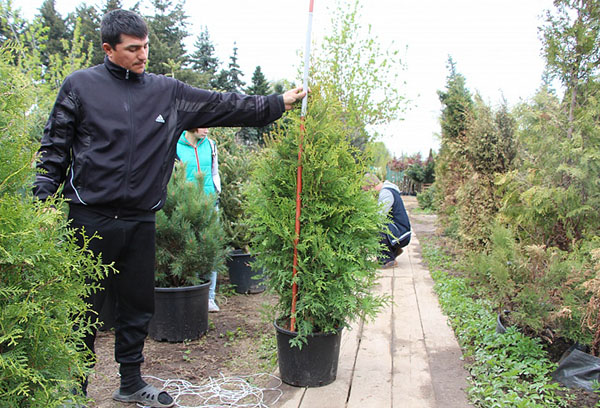
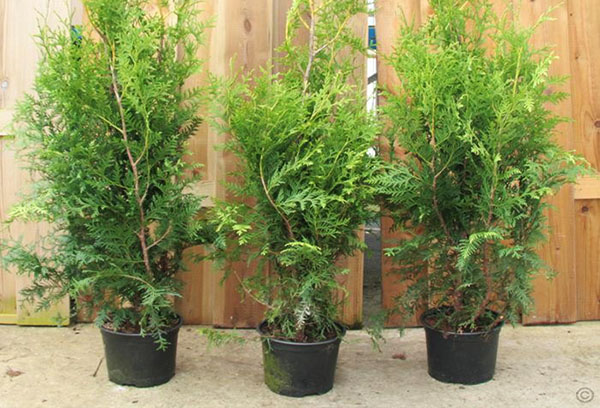
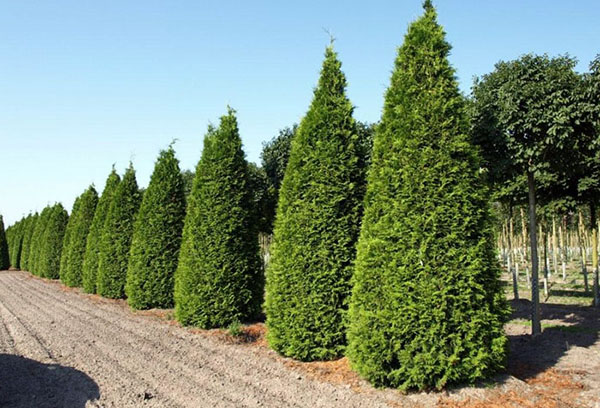
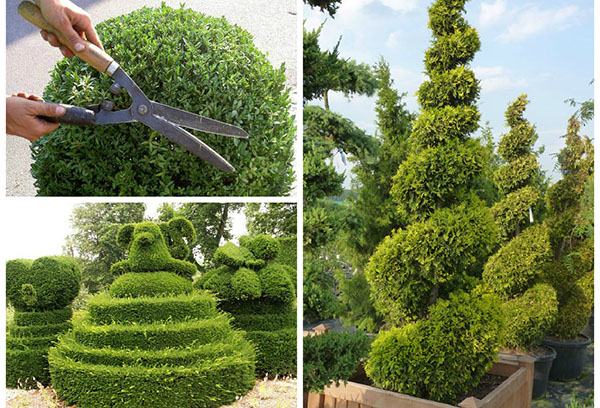
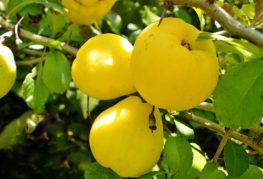

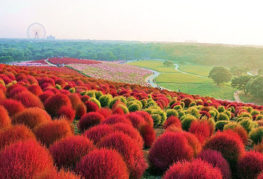
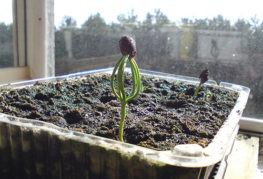
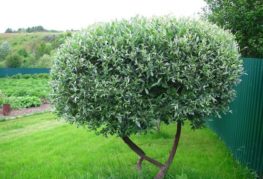

and will be published shortly.